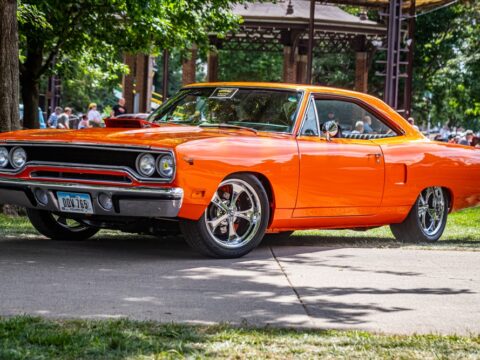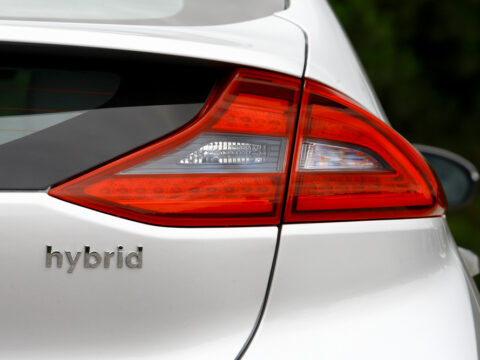Classic trucks often evoke a sense of nostalgia and rugged charm, but not all of them hit the mark with consumers. Some models, despite their unique features and innovative designs, struggled to find their place in the market. Here’s a look at several classic trucks that, for various reasons, failed to achieve lasting success.
Contents
GMC Caballero

The GMC Caballero, produced between 1978 and 1987, was essentially GMC’s version of the Chevrolet El Camino. While it offered a unique blend of car-like comfort and truck utility, it failed to establish a strong identity of its own, often overshadowed by its Chevy counterpart. The Caballero struggled to capture a significant market share due to its niche appeal and the decline in popularity of car-based trucks during its production years. This identity crisis and limited consumer interest led to its eventual discontinuation.
Ford Ranchero (1957-1979)
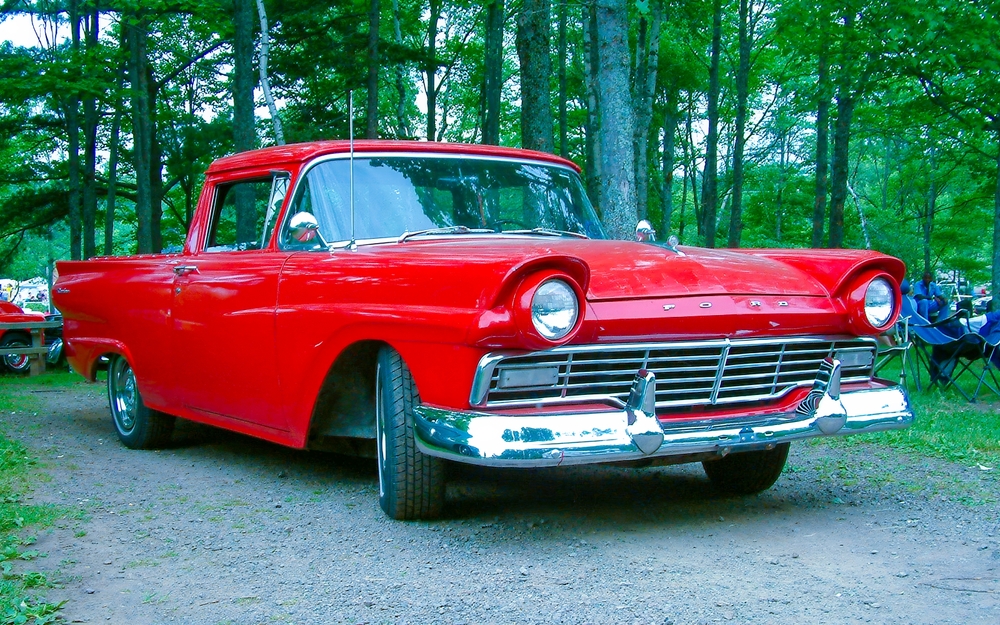
The Ford Ranchero pioneered the car-truck hybrid concept, debuting in 1957. Despite its innovative design, the Ranchero’s market success fluctuated significantly. It often faced stiff competition from the Chevrolet El Camino and struggled with changes in consumer preferences. By the late 1970s, the demand for compact trucks began to outpace car-based pickups, leading to the decline of Ranchero. Its mixed market reception and changing automotive trends ultimately spelled the end for this unique vehicle.
Ford Courier (1972-1982)
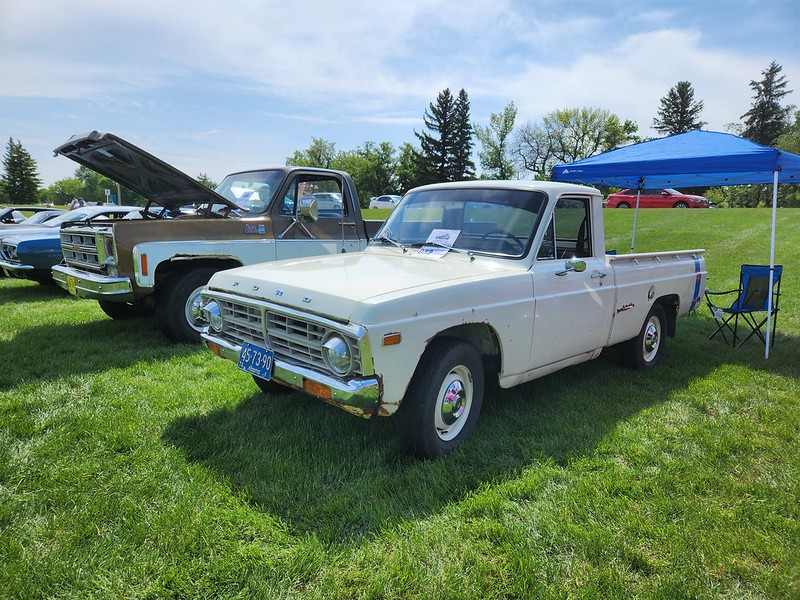
The Ford Courier was introduced in response to the rising popularity of small Japanese trucks in the early 1970s. Manufactured by Mazda and rebranded as a Ford, the Courier aimed to provide an economical and compact alternative to traditional American trucks. However, it faced challenges due to its limited performance capabilities and modest engine options. Additionally, it struggled with a perception problem, often viewed as a lesser alternative to more robust American-made trucks, leading to its discontinuation in 1982.
Chevrolet LUV (1972-1982)
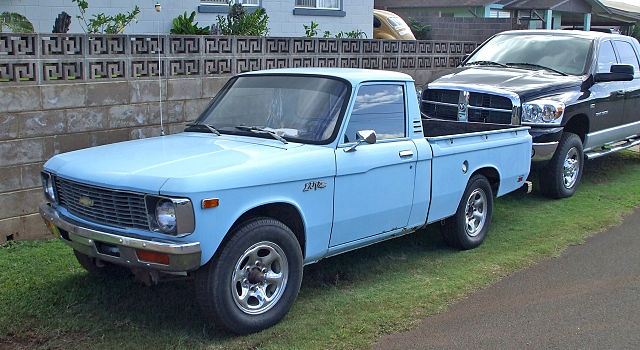
The Chevrolet LUV, short for “Light Utility Vehicle,” was another entry into the compact truck market, sourced from Isuzu and rebadged for the U.S. market. Despite being economical and practical, the LUV struggled to compete with other foreign and domestic small trucks. Its somewhat underwhelming performance and limited power options failed to win over many American consumers who preferred more powerful and capable trucks. The LUV was eventually phased out as Chevrolet shifted focus to its homegrown models like the S-10.
Jeep Comanche

The Jeep Comanche, produced from 1986 to 1992, was an attempt to capitalize on the popularity of the Jeep Cherokee by offering a pickup truck version. While it featured the same ruggedness and off-road capability, the Comanche faced stiff competition from more established compact trucks. Its unibody construction, while innovative, limited its payload capacity compared to traditional body-on-frame trucks. Coupled with Jeep’s lack of marketing focus on trucks, the Comanche struggled to carve out a significant market niche.
Chevrolet SSR (2003-2006)
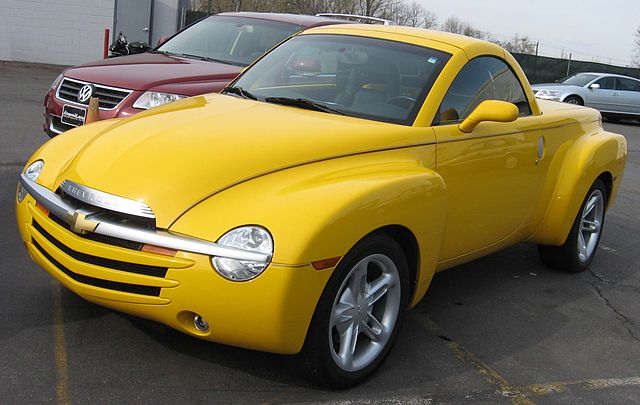
The Chevrolet SSR (Super Sport Roadster) was an attempt to blend retro styling with modern performance, featuring a retractable hardtop and a V8 engine. Despite its bold design, the SSR struggled with its identity, falling somewhere between a sports car and a pickup truck. Its high price point and limited practicality as a truck dissuaded many potential buyers. Furthermore, its niche appeal failed to resonate with a broad audience, leading to disappointing sales and a short production run.
Dodge Rampage (1982-1984)
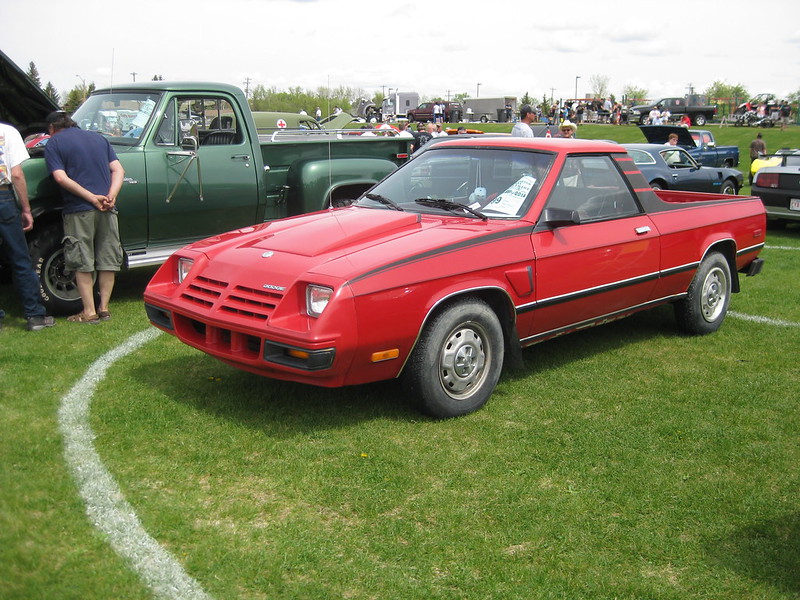
The Dodge Rampage was Chrysler’s foray into the car-truck segment, aimed at competing with the Ford Ranchero and Chevrolet El Camino. Built on a front-wheel-drive platform, the Rampage offered car-like handling but lacked the ruggedness and payload capacity of traditional trucks. Its unconventional design and limited power options made it a tough sell to truck enthusiasts, resulting in poor sales. The Rampage’s inability to carve out a clear market niche led to its discontinuation after just a few years.
Subaru Brat (1978-1987)
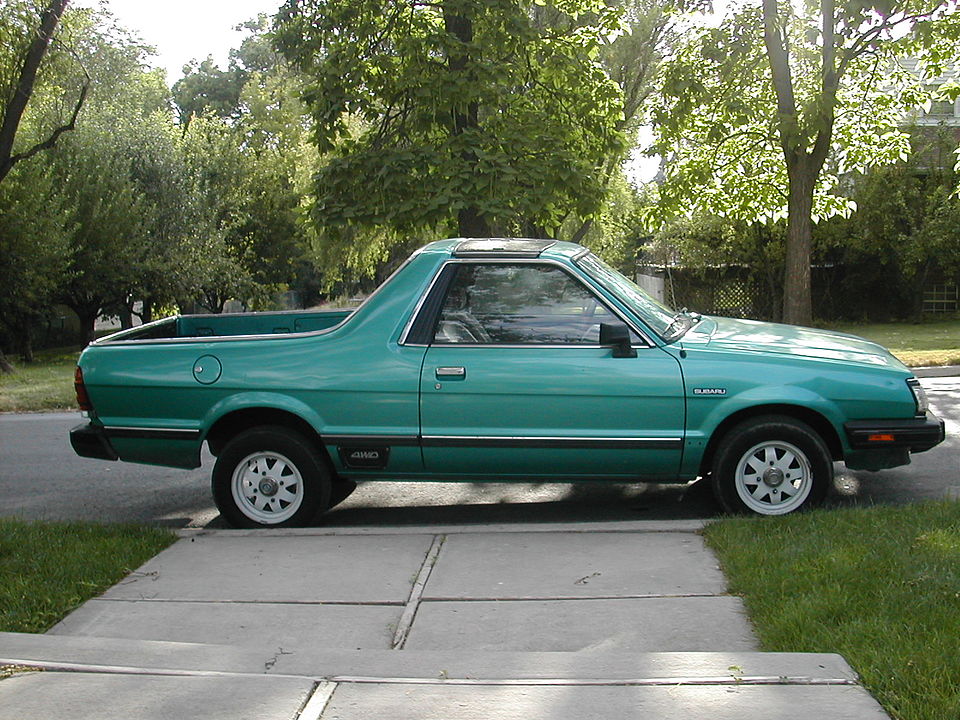
The Subaru Brat (Bi-drive Recreational All-terrain Transporter) was a quirky compact truck with a distinctive design, including rear-facing jump seats to avoid U.S. import tariffs. While it offered all-wheel drive and good off-road capability, the Brat’s unconventional appearance and limited practicality as a work truck hindered its market acceptance. Its unique features were more of a novelty than a strong selling point, leading to modest sales and its eventual phase-out in the late 1980s.
Lincoln Blackwood (2002)
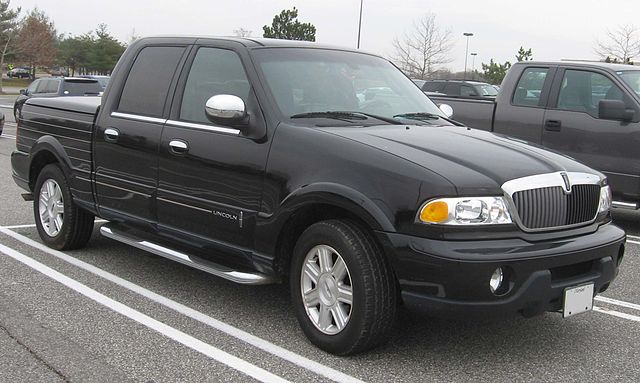
The Lincoln Blackwood was an attempt to create a luxury pickup truck, combining high-end amenities with truck utility. However, it missed the mark with consumers due to its impractical design, including a non-functional bed covered with a power-operated tonneau cover. The Blackwood’s high price and limited utility as a truck failed to attract buyers, resulting in poor sales. Its overly niche market positioning and impractical features led to its discontinuation after just one model year.
Volkswagen Rabbit Pickup (1979-1984)
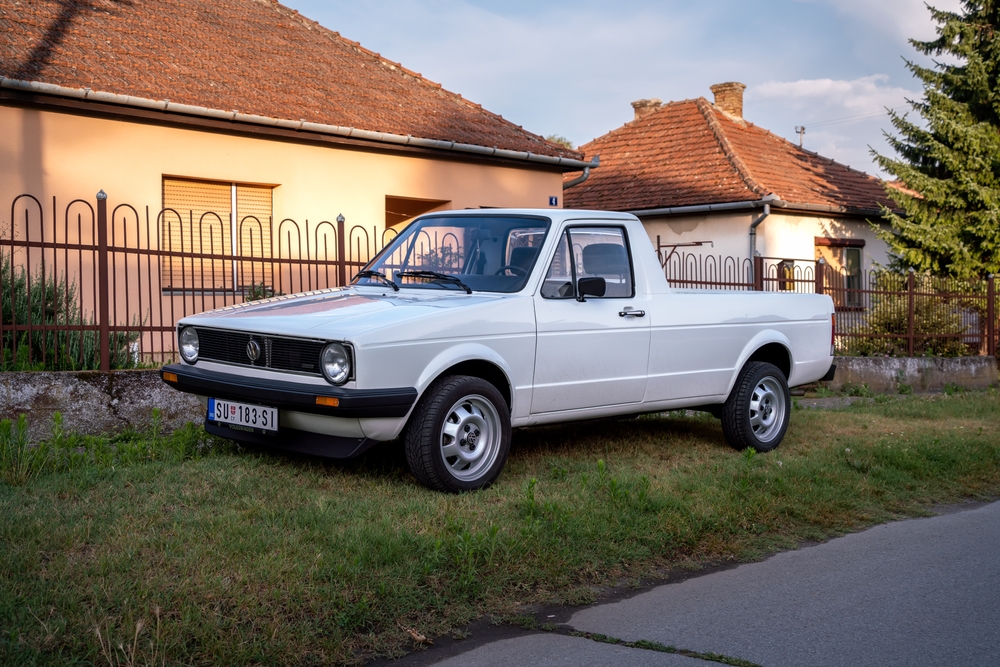
The Volkswagen Rabbit Pickup, also known as the Caddy, was a compact truck based on the popular Rabbit hatchback. While it offered good fuel economy and a nimble driving experience, it struggled in the U.S. market due to its small size and limited payload capacity. American consumers were more inclined towards larger, more capable trucks, leaving the Rabbit Pickup with a niche appeal. Its modest sales and competition from more robust compact trucks led to its early exit from the market.
This article originally appeared on MyCarMakesNoise.
More from MyCarMakesNoise
12 Rare Military Vehicles Collectors Dream About
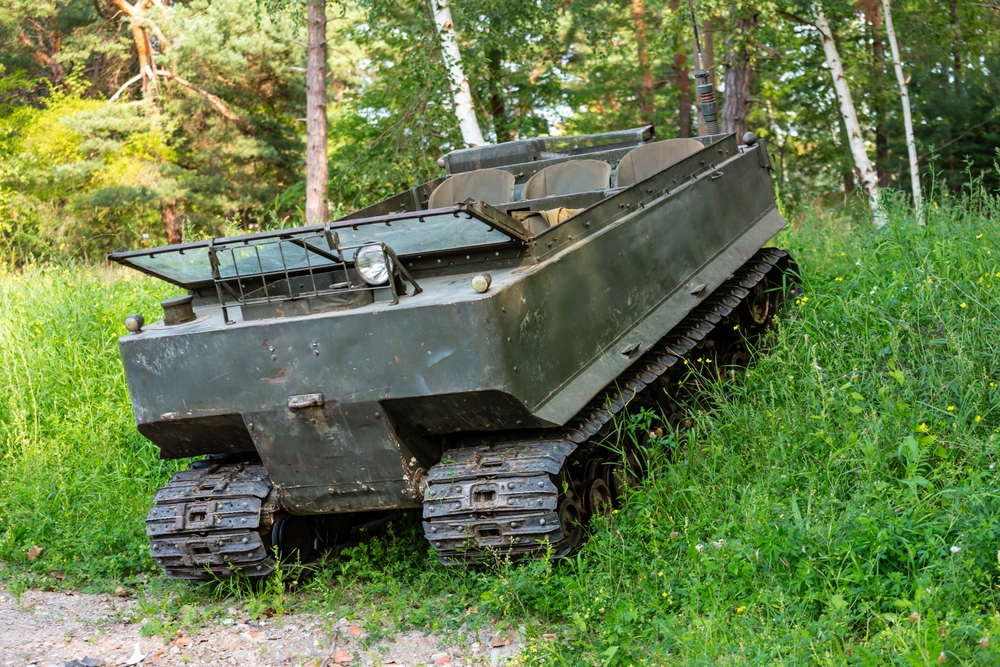
For military vehicle enthusiasts, the thrill of discovering rare and unique models is unparalleled. These collectors often dream about acquiring the most elusive and historically significant military vehicles. Read More.
15 Reliable 10-Year-Old Cars Built to Last Another Decade

Are you looking to invest in a vehicle that stands the test of time? Our roundup of 10-year-old cars proves that age is just a number when it comes to reliability and durability. Read More.
15 Unreliable Car Brands with High Breakdown Rates

When shopping for a new car, reliability is as crucial as the aesthetic appeal or the features it offers. However, not all vehicles are created equal in this regard. Some brands are notorious for their frequent breakdowns and high maintenance costs, potentially doubling the trouble for their owners compared to the average vehicle. Read More.

